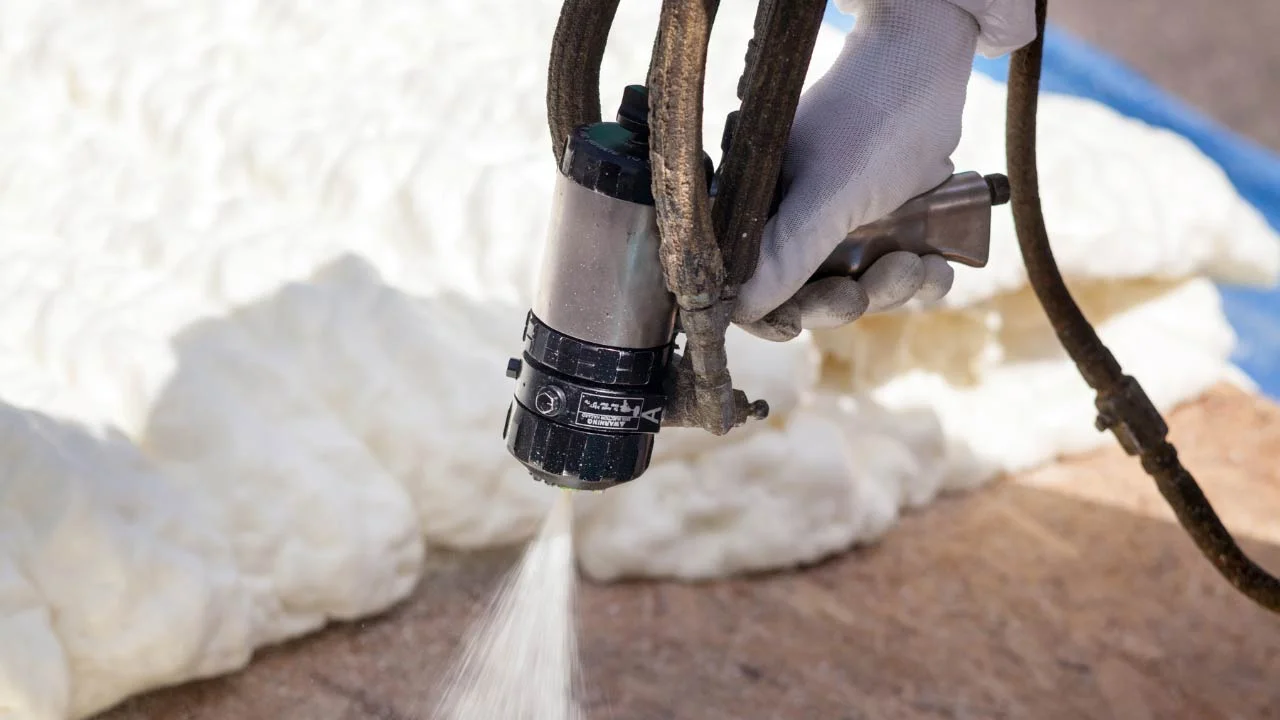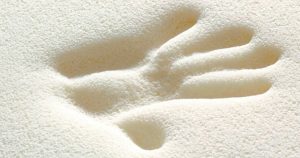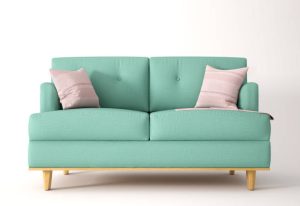
Cold cure foam
Flexible foam
High-resilience polyurethane foams, also known as cold-cure foams, have an open-cell structure and exhibit excellent physical properties, including high resilience, long-term durability, and good stress tolerance. This product has a high recovery rate after stress is applied and can even provide sound insulation. Additionally, it can be formulated to offer flame resistance characteristics.
Product codes
Related industries
Some of
Related Products
Imen Polymer Chemie
Some of our latest

۱۴۰۳/۰۸/۲۱
The global polyurethane market is experiencing robust growth, with diverse applications in industries such as construction, automotive, and manufacturing. نوشته…
ادامه مطلب
۱۴۰۳/۰۷/۲۳
Proper insulation with polyurethane spray foam
Polyurethane spray foam is a great way to insulate your home. It is versatile in its usage and is highly…
ادامه مطلب
۱۴۰۳/۰۷/۲۳
Climbing holds
Climbing holds are essential elements in climbing walls. They allow the climber to hold on to the climbing wall. Different…
ادامه مطلبAfter-sales services
We never leave you
on your own afterwards either
What is cold cure foam?
Cold cure foam is a polyurethane foam that’s produced at quite low temperatures. This method results in a longer resistance against any sagging or collapsing. Because the foam cures at a lower temperature, the cells are denser and more compact, making it less prone to breaking down over time. This is particularly important for furniture foam, which undergoes daily wear and tear. Moreover, cold cure foam is resistant to bacteria, dust, and other allergens, making it a good choice for individuals with allergies or sensitivities.

Difference between cold and hot cure foam
There are two main processes for creating flexible foams: hot curing and cold curing. The difference between cold cure foam and hot cure foam lies in the reactivity of the raw materials used. It’s essential to understand that “cold” and “hot” refer to the molding process itself. When the raw materials have low reactivity, heat is necessary to promote the cross-linking (curing) process of the foam at elevated temperatures, which is why these foams are classified as hot cure foams.
In recent years, hot curing was the standard method for manufacturing flexible seat foams, but its usage has decreased. While hot curing is still prevalent in some regions of Asia, the Pacific, and South America, cold curing has become the preferred method for producing flexible foams. The hot curing process typically requires a longer curing time (10 to 20 minutes) and higher mold temperatures (100 to 125°C) to create flexible foam. On the other hand, cold curing utilizes faster-reacting polyols, leading to lower molding temperatures (30 to 75°C) and shorter curing times (3 to 5 minutes). This means that cold cure foam processing is more energy-efficient compared to hot cure foam production. In addition to molding, foam can also be produced in blocks (slabstock), where the principles of cold and hot curing still apply. Cold cure foam refers to high-resilience foam, while hot cure foam pertains to traditional foams that use different foaming technologies. Cold cure foams are based on diphenylmethane (MDI), whereas hot cure foams use toluene diisocyanate (TDI). Consequently, cold and hot cure foams vary in both their components and processing temperatures.
How to distinguish “cold cure” from “hot cure” foam
The cold-cure foams vary in certain physical properties from hot-cure foams due mainly to the different raw materials involved. Touching the cold-cure foams exposes that they are, to a degree, like latex foams while giving better elasticity than the normal hot-cure foams; that’s why they are usually called high- resilience foams.
Another important feature is their compressive strength, which is superior in cold cure foams, providing enhanced comfort in furniture applications. Additionally, cold cure foams maintain excellent long-term performance without losing their properties, making them particularly popular in the automotive industry. They also show improved flame retardancy due to their melting behavior and require less energy and shorter molding times compared to hot cure foams.
Advantages of cold cure foam
Cold cure polyurethane foams offer several benefits, including the following:
- High rebound resilience
- Suitable mechanical properties
- Optimal curing
- Soft and flexible feel (appropriate firmness)
- Low compression set
- Uniform cell structure with a high percentage of open cells
- Adequate tear strength
Composition of cold cure foam
Cold cure foam is made by mixing polymeric materials in specialized machinery that maintains precise temperature and pressure. It uses high-reactivity polyols along with low molecular weight curing agents. To achieve the desired level of cross-linking, relatively high-reactivity isocyanates are also incorporated. This leads to a reaction between isocyanate (NCO) groups and hydroxyl (OH) groups before the foam begins to expand, which is caused by the production of CO2 gas from the reaction of NCO with water. This quick polyurethane reaction results in a foam that has greater intrinsic stability during the blowing process compared to hot cure foam.
As a result, cold cure foam needs stabilizers to manage cell size and distribution, as well as to maintain the foam’s structure. In contrast, hot cure foam, which has lower intrinsic stability, requires a greater amount of stabilizers.
The polyols used in cold cure foams are highly reactive, with 70% to 95% of their hydroxyl groups being primary. These polyols can contain up to 90% propylene oxide but mainly consist of primary OH groups sourced from ethylene oxide. In polyols, primary OH groups react more easily with isocyanates (commonly used in flexible hot cure foams) than secondary OH groups do. The OH values, which have molecular weights between 3000 and 4500 g/mol, generally fall between 42 and 56 mg KOH/g.
A variety of isocyanates are employed for slab stock and molded foams, including modified TDI types combined with highly reactive polyols. However, pure MDI formulations are seldom used for cold cure slab stock foams.
Foam density is regulated by adding water, usually around 1.5 to 5 parts for every 100 parts of polyol. The production process, including the assessment of properties and structures, must be closely monitored to ensure high quality.
Applications of cold cure foam
Cold cure polyurethane foams are known for their flexibility and are used in a wide range of applications across various industries. These foams are used to produce different products such as:
- Mattresses
- Pillows
- Office chair foam
- Furniture foam
- Car seat foam
- Motorcycle seats
- Bicycle saddles
- Packaging foam
- Shoe insoles
Cold Cure Foams Produced by Imen Polymer Chemie
In general, the material of the cold cure polyurethane foams produced by Imen Polymer Chemie have high rebound resilience and load-bearing capacity, making them suitable for various applications. Additionally, the structure of these foams enables them to absorb sound waves. These foams also maintain their durability over long periods and do not easily degrade with repeated use.
Read more








